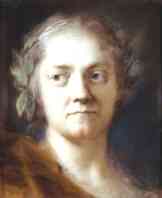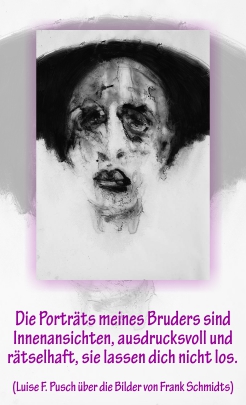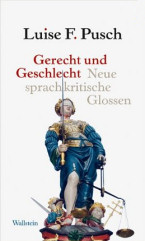
born on October 7, 1675 in Venice
died on April 15, 1757 in Venice
Italian painter
350th birthday on October 7, 2025
Biography
Kings, princes, and countless members of the European aristocracy who travelled to Venice on their Grand Tour never failed to visit Rosalba Carriera in her studio to have their portrait painted, purchase some of her paintings, or commission works from her for later. The largest collection was undoubtedly owned by August III of Saxony and Poland, who at the end of his life had more than 150 of her pastels on display in the “Rosalba Hall” in Dresden—hardly surprising, given that he had bought every painting in the studio already when he had visited in 1739. The demand for Rosalba’s paintings was at times so great that she employed several young female painters as well as her youngest sister Giovanna.
Carriera had developed the technique of pastel painting in a way that brought it to fruition, offering a completely new way of portraying people that was entirely in keeping with the tastes of Rococo society. People admired Carriera's mastery of painting the shimmering, lace- and ruffle-trimmed garments, the sparkling jewelry, the flowers in the hair—her paintings expressed all the charm and elegance of this playful, coquettish era. And yet, while never inconsiderate of her clients, Rosalba's portraits did not only flatter the subjects; from 1710 onwards, and especially in her later pastels, she captured the physiognomy and even the state of mind of her subjects in a thoroughly realistic manner.
Equally popular were her allegorical works, such as the cycles of the seasons or the elements, as well as the “beauty gallery” of Venetian women she created as a memento of a rewarding stay in the city. Famous painters such as Georges de La Tour were later greatly inspired by her works, and French pastel painting in the 18th century would be unthinkable without her.
Rosalba Carriera and her two younger sisters, Angela and Giovanna, came from a musical family: their father, the son of a painter, earned a modest living as a clerk, but was a painter in his spare time; their mother made the famous Venetian lace – not just to supplement the family income, but out of genuine passion, as a letter from Giovanna reveals. The girls learned Latin and French, were musically educated, and highly intelligent. Rosalba began designing embroidery patterns for her mother at an early age and also took on the task of teaching her younger sisters. All three were talented with a paintbrush. When snuff boxes replaced lace as a fashionable item among foreign guests, Carriera painted miniature scenes on the inside lids of the boxes, deliberately incorporating the ivory material into her compositions. By 1705 she had completely mastered the technique and, through the mediation of an English painter she knew, was unanimously accepted into the Roman Accademia di San Lucca with one of her miniatures.
This period also saw her first successes as a pastel artist. After her father's death in 1719, Carriera and her entire family accepted an invitation from the French banker and art lover Pierre Crozat, who provided her with a suite of rooms in his city palace. The trip was a tremendous success—all of Paris lined up to be painted by her, including members of the royal family. She met other artists and engaged in lively exchanges, including with Watteau. She stayed in Paris for a year. Further travels took her to the court of Modena and, in 1730, to Vienna for several months to visit Emperor Charles VI.
Rosalba Carriera’s self-portraits show a woman who did not correspond to the beauty ideal of her time: alert eyes look at the viewer self-confidently, almost critically, and in later works she included the signs of older age, choosing to portray herself unsparingly. Nevertheless, she did not lack for suitors and she is known to have rejected several marriage proposals. She was not wrong to fear that a relationship, let alone motherhood, would severely impair her work and independence.
In 1737, when Rosalba was 62 years old, she lost her beloved sister Giovanna, and a year later her mother died. Carriera was so distraught that she could no longer work and had to be persuaded to take on commissions again. An eye condition worsened, making painting more and more difficult. Despite several painful eye operations, the painter went blind in 1746 and was cared for by her only surviving sister Angela. Carriera lived for another 11 years – she did not succumb to madness, as is often claimed, but she experienced her final years as “the darkest, blackest night.”
(Text from 1999; translated with DeepL.com; edited by Ramona Fararo, 2025.
Please consult the German version for additional information, pictures, sources, videos, and bibliography.)
Author: Adriane von Hoop
If you hold the rights to one or more of the images on this page and object to its/their appearance here, please contact Fembio.





